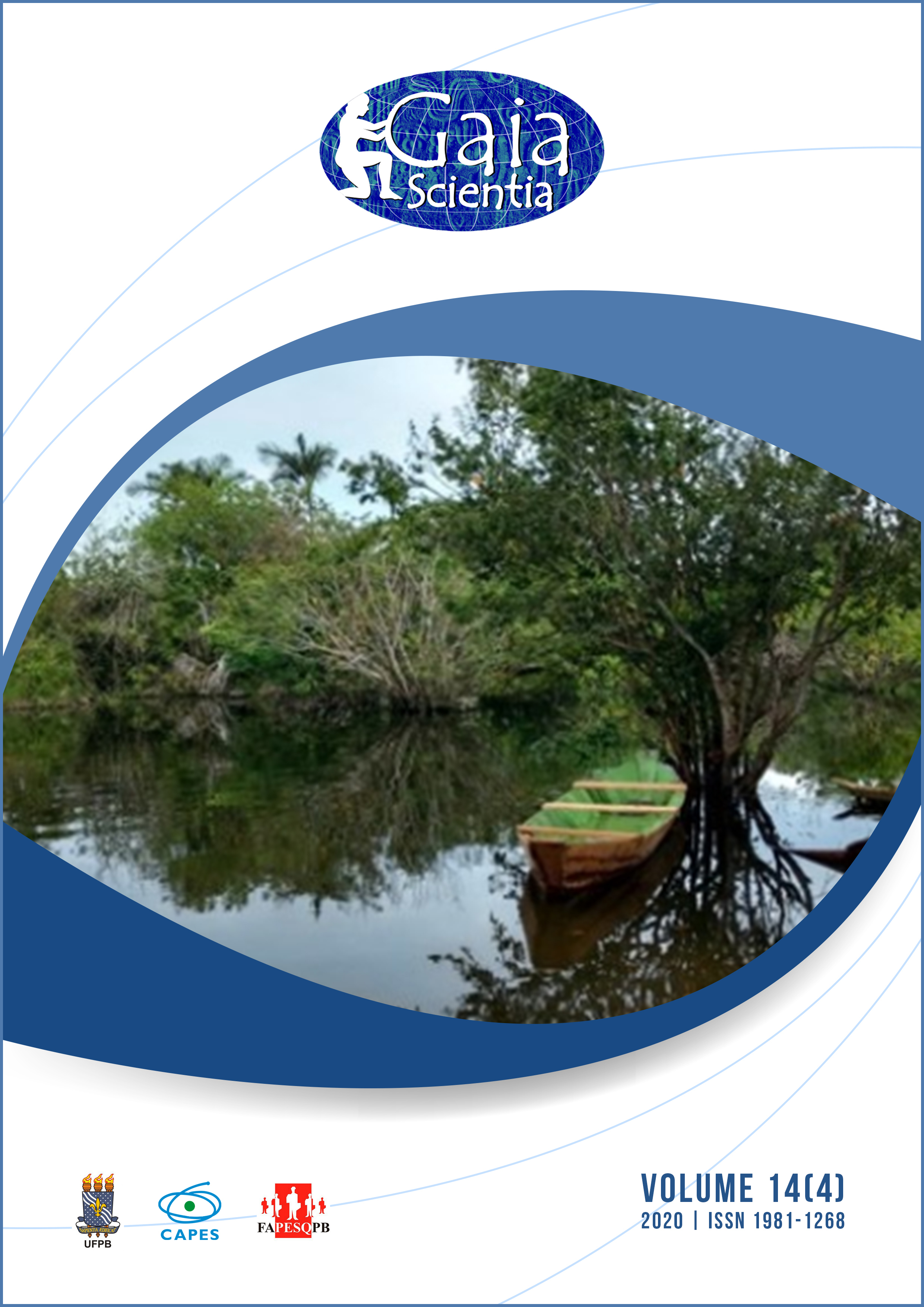Allometric and Melanoides tuberculata (MULLER, 1774) biomass assessment as a tool for the environmental quality assessment of reservoirs
DOI:
https://doi.org/10.22478/ufpb.1981-1268.2020v14n4.51740Abstract
Melanoides tuberculata is an exotic species already widespread in most aquatic environments in Brazil. The aim of this study was to analyze if there is a relationship between the allometric measures and the M. tuberculata biomass with eutrophication gradient in reservoirs. The study was carried out in three reservoirs located in the Rio Paraíba basin, Northeast of Brazil. The Trophic State Index (TSI) of Carlson, modified by Toledo, have been applied for trophic classification. The results show the formation of three groups among the sampling sites based on the TSI. On sites with higher TSI values have been found the highest sizes of M. tuberculata. Whereas in sites with average levels of eutrophication, the individuals had an intermediate shell length. In the group with the lowest average eutrophication, we found the shortest lengths of M. tuberculata. The biomass also varied between the groups. Allometric measurements were related to the eutrophication gradient, especially when phosphorus and chlorophyll concentrations were considered separately. The achieved results show that relations between allometric measures of M. tuberculata and variations in phosphorus and chlorophyll concentrations present great potential for the assessment of the environmental quality of reservoirs in the semiarid region of Brazil.










